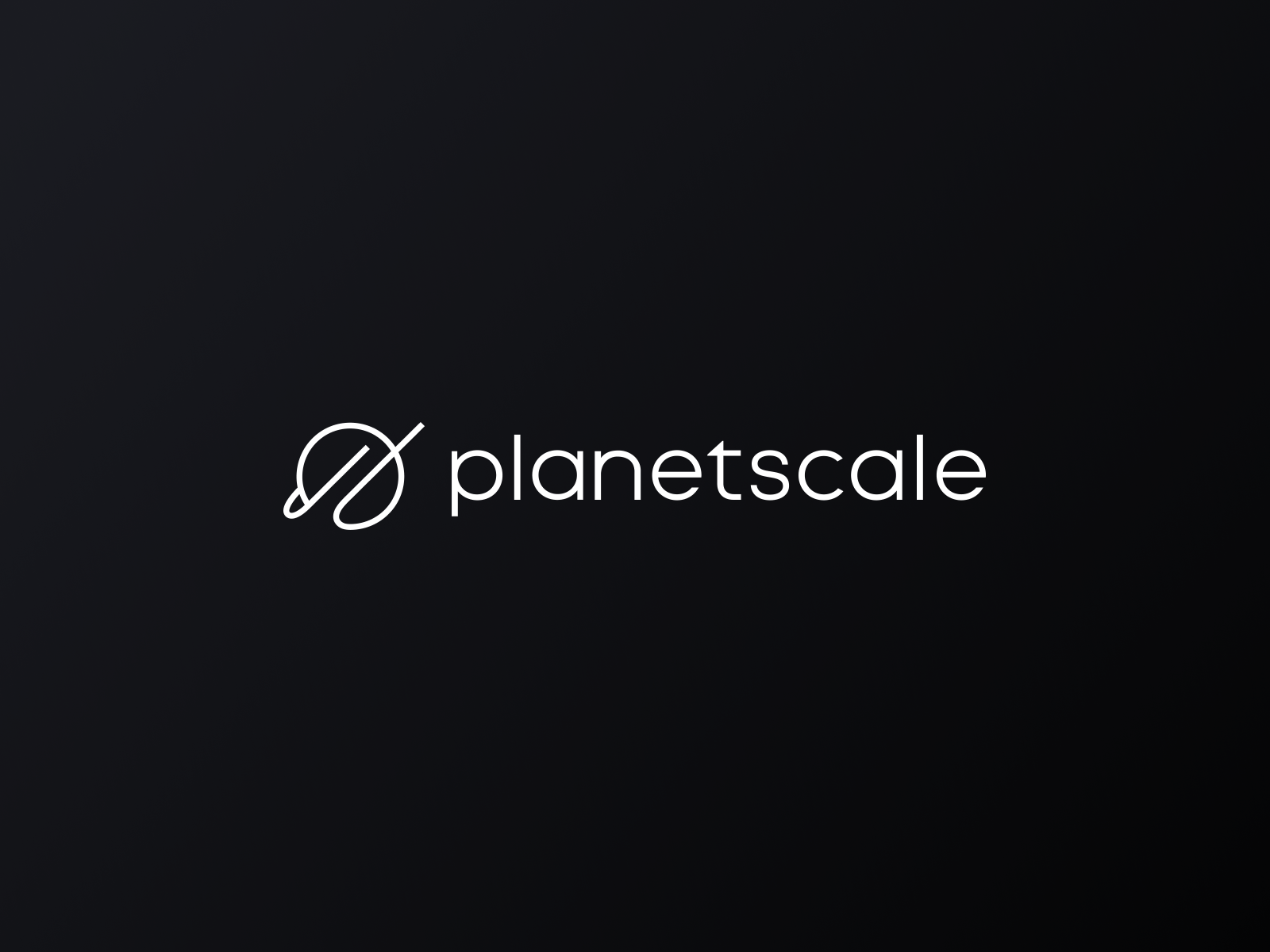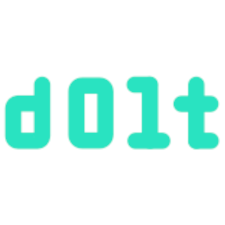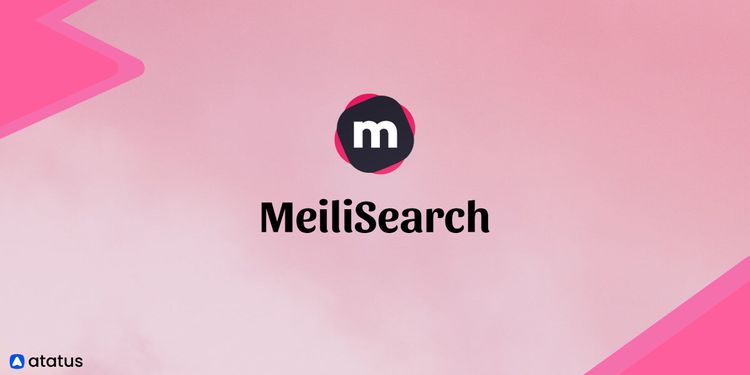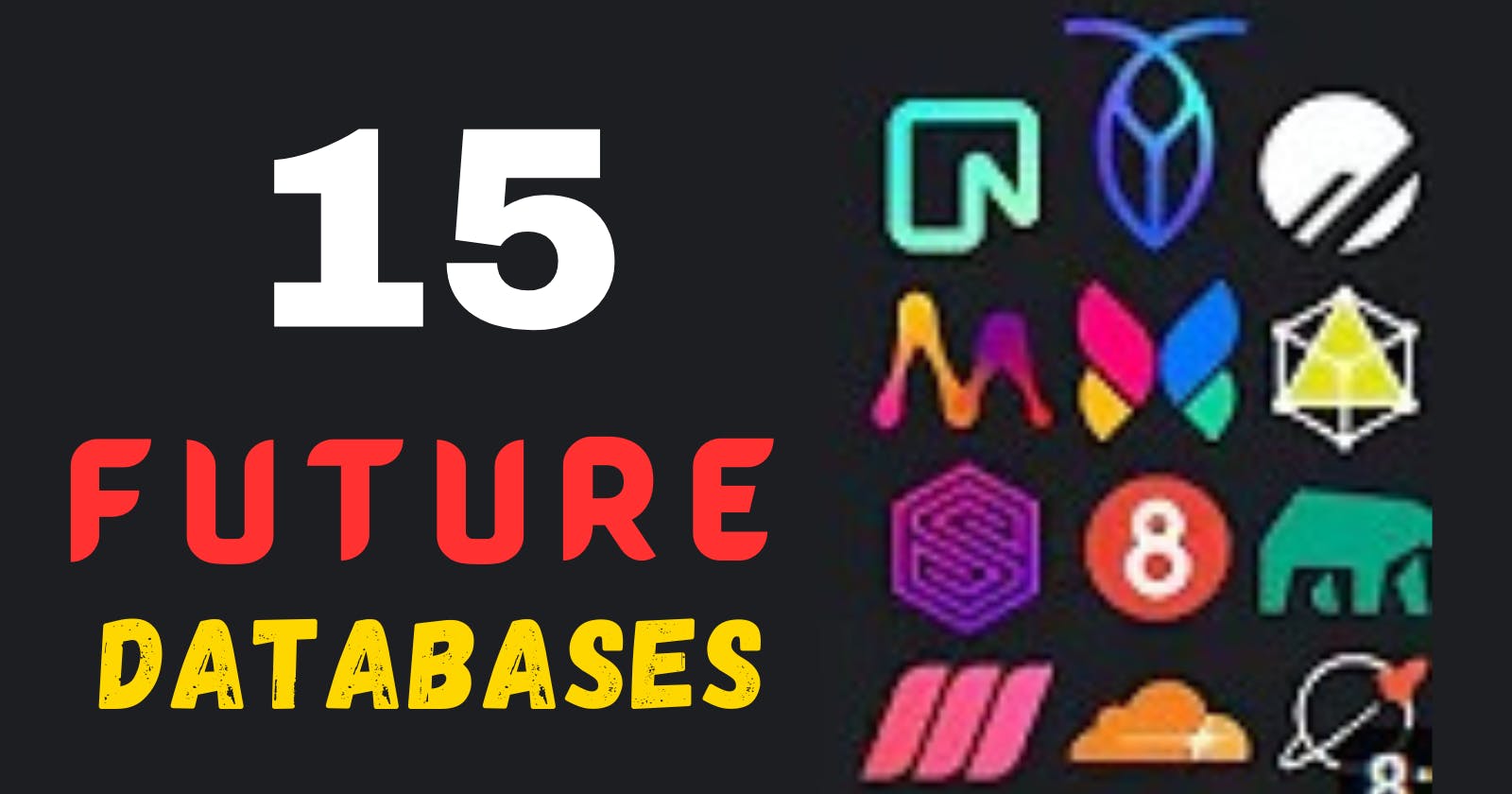Exploring 15 Futuristic Databases That Will Transform the Tech World🌎
15 Future Databases that Every Developer must know 💡
Table of contents
- The Need for Innovation
- 1. PlanetScale: Scaling MySQL Horizontally
- 2. YugaByteDB: Open Source Scaling for PostgreSQL
- 3. Neon: The Promising Serverless PostgreSQL
- 4. Dolt: Where MySQL Meets Git
- 5. CockroachDB: The NewSQL Player
- 6. Foundation DB and Titanium DB: Alternatives to Consider
- 7. Cloudflare D1: A SQL Lite Database on the Edge
- 8. Zeta: A Spreadsheet-like Relational Database
- 9. 8base: Relational Database with a Low-Code Frontend Builder
- 10. EdgeDB: The Graph Relational Database
- 11. Siren: Combining the Best of Relational, Document, and Graph Databases
- 12. Fauna: The Perfect Database for Complex Relational Data
- 13. Memgraph: Real-time Data Pipelines with Graph Databases
- 14. KeyDB: The Lightning-Fast Redis Alternative
- 15. MeiliSearch: A Rust-Based Full-Text Search Engine
- 16. Bonus💥: MindsDB: Integrating Machine Learning into Databases
- Conclusion
If you want to be successful in the ever-evolving world of technology, you need to move fast and break things. That's precisely what I told my boss before he promptly fired me for accidentally deleting a production database. It's a stark reminder that databases are the backbone of modern computing, and their management is paramount. SQL, a technology born in the 1970s, still underpins much of the Big Data world we know today. While Oracle dominates the enterprise sector, MySQL is the go-to database for giants like YouTube and Facebook. However, SQL is far from perfect, and in 2023, a new wave of groundbreaking databases is on the horizon, ready to challenge the status quo.
The Need for Innovation
SQL databases have been reliable workhorses for decades, but they are not without limitations. As technology evolves, so do the demands on databases. This brings us to the heart of the matter: the need for innovation in the database world. In 2023, there is a surge of futuristic databases that are pushing the boundaries of what's possible. These databases not only build on existing relational patterns but also introduce entirely new concepts and ideas that promise to revolutionize the way we handle data.
So, in this article, we'll embark on a journey to explore 15 of these groundbreaking databases, each with its unique approach to solving the challenges of modern data management.
1. PlanetScale: Scaling MySQL Horizontally

Our journey begins with PlanetScale, which is not exactly a new database but rather a serverless platform designed to make MySQL scale horizontally. If you've ever wondered how YouTube manages millions of simultaneous connections, the answer lies in PlanetScale. Instead of switching to a NoSQL database, YouTube developed a library called Vitas. Vitas enables MySQL to scale horizontally, and PlanetScale leverages this technology to provide a fully managed database. It's accessible via an intuitive dashboard and offers SDKs to simplify integration. What's more, it plays well with tools like Prisma, making it a robust choice for those looking to scale MySQL without the headache.
Key Features of PlanetScale
Serverless platform for MySQL.
Horizontal scalability with Vitas technology.
User-friendly dashboard.
Seamless integration with Prisma.
Affordable pricing, including a free tier.
2. YugaByteDB: Open Source Scaling for PostgreSQL
YugaByteDB enters the scene as an open-source solution for PostgreSQL, aiming to achieve infinite scalability in the cloud. Unlike some databases that compromise on native features, YugaByteDB strives to maintain PostgreSQL's full feature set in a cloud-native environment. One standout feature is its support for multi-cloud hosting, eliminating the vendor lock-in issue. While YugaByteDB is still making waves in the tech world, it's definitely a database to watch for those seeking an open-source PostgreSQL alternative with exceptional scalability.
Key Features of YugaByteDB
Open-source PostgreSQL solution.
Infinite scalability in the cloud.
Maintains PostgreSQL's native features.
Supports multi-cloud hosting.
3. Neon: The Promising Serverless PostgreSQL

Neon, another serverless database, takes a unique approach by being based on PostgreSQL. It boasts the ability to scale down to zero, which can be a game-changer in terms of cost-efficiency. What sets Neon apart is its polished admin dashboard and the fact that it's written in Rust. This language choice not only makes it a trendsetter in the tech world but also brings robustness to its performance. Neon's support for branching, inspired by Dolt (a unique database we'll explore later), further enhances its appeal.
Key Features of Neon
Serverless PostgreSQL alternative.
Scalability down to zero.
Polished admin dashboard.
Written in Rust.
Supports branching for data experimentation.
4. Dolt: Where MySQL Meets Git

Dolt is a fascinating blend of MySQL and Git, creating a database that allows you to experiment with data without breaking things. It operates much like Git, enabling you to create branches from the main database, make changes, analyze differences, and merge changes back seamlessly. This level of version control and collaboration is a game-changer for data-driven development. Dolt offers a hosted option, though it may lean toward the expensive side. Nevertheless, it's a compelling choice for those who value data integrity and experimentation.
Key Features of Dolt
MySQL-Git hybrid database.
Git-like version control for data.
Branching and merging capabilities.
Supports data experimentation.
Hosted and on-premises options available.
5. CockroachDB: The NewSQL Player
CockroachDB is often referred to as NewSQL, and it has been around for a while. It was developed by ex-Google employees and is designed to scale horizontally in the cloud. Although it's compatible with PostgreSQL, it was built from the ground up with Go. CockroachDB offers a free tier similar to PlanetScale and transitions to a pay-as-you-go pricing model as your needs grow. It's a strong contender in the NewSQL category, but it's not the only one.
Key Features of CockroachDB
NewSQL database for horizontal scaling.
Compatibility with PostgreSQL.
Free tier with pay-as-you-go pricing.
Suitable alternatives in the NewSQL class.
6. Foundation DB and Titanium DB: Alternatives to Consider
While we've explored some impressive NewSQL databases, there are alternatives worth considering. Foundation DB and Titanium DB also belong to this class of databases and offer unique features that may align better with specific project requirements. Foundation DB is known for its scalability and flexibility, while Titanium DB, like its name suggests, is robust and resilient.
Foundation DB:
Horizontal scalability.
Excellent flexibility.
Suitable for various project requirements.

Titanium DB:
Robust and resilient.
Well-suited for demanding projects.
7. Cloudflare D1: A SQL Lite Database on the Edge
Cloudflare D1 introduces a fascinating concept—an SQL Lite database that operates on the edge. While Cloudflare already offers key-value stores and object storage solutions, D1 takes it a step further. It allows you to create data on the edge, making it queryable in real-time. One trade-off is the absence of native transactions, but D1 has a clever workaround. Developers can write stored procedures with JavaScript, enabling the creation of transactions and other reusable queries.
Key Features of Cloudflare D1
SQL Lite database for edge computing.
Real-time data querying.
Stored procedures with JavaScript.
Simplified transaction management.
8. Zeta: A Spreadsheet-like Relational Database

Zeta takes a unique approach to relational databases by treating data like a spreadsheet. It offers a developer-friendly alternative to tools like Airtable or Notion. What's remarkable is that Zeta
includes full-text search without the need for data duplication in services like Algolia. With support for TypeScript and Python, Zeta simplifies data relationship management with its schema editor, making it an excellent choice for those who prefer visualizing relationships between tables.
Key Features of Zeta
Spreadsheet-like relational database.
Full-text search without data duplication.
Developer-friendly schema editor.
Support for TypeScript and Python.
9. 8base: Relational Database with a Low-Code Frontend Builder

8base offers a unique blend of a relational database and a low-code tool. It provides a GraphQL API for your data out of the box, making it comparable to tools like Hasura. However, what sets 8base apart is its ability to build front-end applications quickly. It essentially serves as both a backend as a service and a frontend development platform. If you're looking to streamline your development process and avoid the complexities of separate backend and frontend development, 8base is a compelling option.
Key Features of 8base
Relational database with GraphQL API.
Integrated low-code tool for frontend development.
Streamlined backend and frontend development.
Simplified application building.
10. EdgeDB: The Graph Relational Database
EdgeDB introduces a fresh perspective on databases by combining the graph and relational models. Instead of defining tables as you would in SQL, you define types, similar to programming languages. These types are linked to other types, eliminating the need for complex joins. The result is a more human-friendly approach to handling data relationships. EdgeDB is available as open-source software, and there's a waitlist for its cloud service.
Key Features of EdgeDB
Graph-relational database.
Types-based data representation.
Eliminates the need for complex joins.
Open-source with a cloud service waitlist.
11. Siren: Combining the Best of Relational, Document, and Graph Databases
Siren takes an ambitious approach to database design. Written in Rust, Siren aims to support ACID transactions while scaling horizontally. What sets it apart is its data modeling approach, which borrows elements from relational, document, and graph databases. Siren's API simplifies data representation by using arrows to connect nodes and edges, similar to graph databases like Neo4j. While Siren is currently self-hosted, a cloud service is on the horizon.
Key Features of Siren
Rust-based database with ACID support.
Flexible data modeling.
Combines relational, document, and graph database features.
Simplified data representation with arrows.
12. Fauna: The Perfect Database for Complex Relational Data
Fauna is an exceptional database for managing complex relational data. While it feels like a document database, it supports native joins, which is a feature often lacking in document databases like MongoDB. This makes Fauna a robust choice for projects involving intricate relationships, such as social graphs. Fauna comes with its own custom query language, FQL, and offers a GraphQL API for flexibility. While it's a closed-source product, its fully managed service offers a generous free tier.
Key Features of Fauna
Document database with native join support.
Ideal for managing complex relational data.
Custom query language (FQL) and GraphQL API.
Fully managed service with a free tier.
13. Memgraph: Real-time Data Pipelines with Graph Databases

Memgraph serves as a drop-in replacement for Neo4j, a leading graph database. What sets Memgraph apart is its focus on real-time data pipelines. Like Neo4j, it can be queried using Cypher, but it's written in C++, which claims to offer better performance. This makes Memgraph an excellent choice for building real-time analytics platforms, where high performance is crucial.
Key Features of Memgraph
Replacement for Neo4j with a focus on real-time data pipelines.
Queryable with Cypher.
Written in C++ for enhanced performance.
Ideal for real-time analytics.
14. KeyDB: The Lightning-Fast Redis Alternative
KeyDB is an alternative to the already fast Redis, and it boasts incredible speed. Capable of handling over 1 million operations per second on a single node, KeyDB is often used as an in-memory cache. It excels at duplicating high-priority data from another database, ensuring faster data retrieval for end-users. Additionally, KeyDB provides mod.js, a library allowing developers to extend the database with custom commands and functionality using JavaScript.
Key Features of KeyDB
Lightning-fast alternative to Redis.
High throughput with over 1 million operations per second.
Ideal for in-memory caching.
Extensible with mod.js for custom commands.
15. MeiliSearch: A Rust-Based Full-Text Search Engine

The full-text search space has long been dominated by tools like Elasticsearch and Algolia. MeiliSearch, however, introduces itself as an open-source Rust-based alternative. MeiliSearch simplifies the implementation of powerful search features in your applications. It allows fine-tuning of various parameters to control attribute ranking in search results. Furthermore, it offers client libraries like Instant MeiliSearch to swiftly integrate advanced search capabilities into your web applications.
Key Features of MeiliSearch
Rust-based open-source full-text search engine.
Easy implementation of advanced search features.
Fine-tunable attribute ranking.
Client libraries for quick integration.
16. Bonus💥: MindsDB: Integrating Machine Learning into Databases

Our exploration of futuristic databases concludes with MindsDB, a database that seamlessly integrates popular machine learning frameworks. MindsDB introduces the concept of AI tables, enabling the embedding of predictive models directly into the database. In a SQL-like environment, developers can write statements to train machine learning models. Once trained, these models can be used for predictions using standard SQL select queries. MindsDB simplifies the machine learning operations lifecycle, offering a glimpse into the future of AI integrated directly into databases.
Key Features of MindsDB
Integration of machine learning frameworks into databases.
AI tables for embedding predictive models.
Simplified machine learning operations lifecycle.
Compatibility with third-party machine learning models.
Conclusion
In this extensive exploration of 15 futuristic databases, we've witnessed the exciting possibilities that lie ahead in the realm of data management. Each of these databases brings its unique strengths and features, catering to a wide range of project requirements and challenges.
As we navigate the ever-evolving landscape of technology, these databases serve as beacons of innovation, offering solutions that push the boundaries of what we can achieve with data. Whether you're looking for scalability, simplicity, or cutting-edge features, there's likely a database on this list that aligns with your goals.
💡 If you find this article helpful then don't forgot follow me in Github and Twitter .
So, as you embark on your next tech project, consider these databases as tools that can help you stay ahead of the curve, break new ground, and make
a lasting impact in the world of technology.
Thank you for joining us on this exploration of the future of databases, and we look forward to seeing the transformative projects these databases will enable in the years to come. If you have any questions or would like to share your thoughts, please feel free to do so in the comments below.

